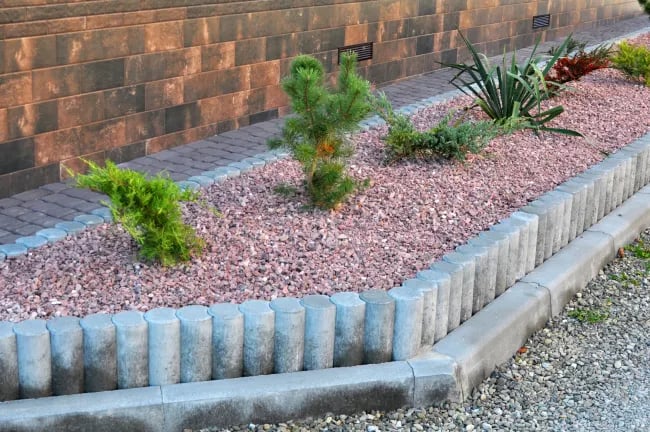No two construction projects are alike. No matter how long you’ve been in the industry, there’s always a new product or new material to test.
But there’s one material that’s always been critical to construction projects of all sorts — stone.
Stone suppliers are easy to find, but do they have the selection, supply, and decorative stone materials to match current home design styles? Do they also have the foundational materials like sand, CU-structural soil, and crushed limestone to support it all?
Minick Materials is proud to supply the construction stone and materials you need for your next project no matter what it calls for. We work with national quarries to find the best of the best, and we carry the most popular types of stone.
Construction Stone
There’s a reason that stone is such an essential part of so many construction projects: it’s a strong, lasting building material that can be used in building projects for flooring, roofing, and masonry purposes, as well as for paving roads and as aggregates for concrete and in road construction. Stone is very resistant to weather and survives through the ages, making it an optimal choice for a diverse range of construction projects.
But of course, using natural stone is about so much more than just using a sturdy building material. Stone is an eye-catching material that can really enhance the look of your project and add depth, charm, and grandeur.
Additionally, stone is an eco-friendly building material with less waste and pollution associated with its acquisition. Whether in small pieces or large stone blocks, using stone for construction purposes can come with a slightly higher price tag. Still, the payoff is worth the investment, whether you are building a stone structure or using stone masonry or rubble masonry techniques.

There is a wide range of stone types used in construction, including sandstone, slate, granite, limestone for crushed stone and marble, and limestone for building stone.
Granite is part of the igneous rock category and is coarse to the touch, which is sometimes described as having coarse grain. The pieces are quite large with a spotty appearance and can boast a glossy sheen if you take the time to polish the surface. It’s a strong and durable rock formed by cooling lava that’s resistant to moisture, frost, and most other natural elements. It can be dark gray or light in color.
Crushed granite stone is used in buildings, bridges, paving, monuments, and other exterior projects. In its crushed form, granite is used as a pavement building material, for driveways, gardens, walkways, and in city, regional, and national park walkways, as well as in paths where there is heavy foot traffic.
Construction stone has a wide range of applications, including...
Sand
Sand is loose and fragmented and consists of tiny particles of decomposed rocks, coral, and shells. It’s ideal for adding bulk and strength to construction materials like asphalt and concrete.
Construction sand is a readily-available raw material that is frequently purchased and used by those in the construction and pacing industries to combine it with gravel to serve as the aggregate in concrete, Portland cement, asphalt, mortar, and plaster.
You can purchase sand in several forms:
- Washed fill, fine-grained sand to be used in sand volleyball courts, gardens, sandboxes, and more
- Mason sand, which is used as an aggregate for concrete and top dressing
- Paver sand is used under pavers and in other areas that need to pack well.
Crushed Limestone
Made from calcite, limestone is a common sedimentary rock that’s found and mined all over the world. In construction and for structural purposes, limestone is frequently crushed and used in ready-mix concrete, road construction, and railroads, as well as in cement-concrete aggregates.
Depending on the size, you can use crushed limestone for:
- Fine packing in driveways and underneath flagstones
- Chips for concrete, greenhouses, dog runs, and the like
- Larger stones for erosion control
CU-structural Soil
CU-structural soil is a two-part system that’s made from a lattice of rigid stone that meets the engineering requirements for load-bearing solid. It contains the right quantity of soil to meet the requirements for tree and shrub root growth.
The lattice system of load-bearing stones gives stability and space between the load-bearing stones that are ideal for root penetration, air, and water movement. A uniform grade of crushed stone allots for the greatest porosity.
CU-structural soil is ideal for paved sites like sidewalks, pedestrian pavings, parking lots, and low-access roads to provide adequate soil volumes for tree roots under the pavement. You can use it under porous asphalt to benefit root growth away from fluctuating temperatures at the pavement’s surface and prevent the pavement from cracking due to root growth.
-1.png?width=600&name=Copy%20of%20Minick%20Materials%20Highlighted%20Text%20Template%20(1)-1.png)
Ordering and Delivery
At Minick Materials, we work with large commercial orders every day, helping contractors and firms find exactly what they need for their next project. We’ll ensure you get the right amount of construction stone, sand, limestone, or CU-structural soil for your project and coordinate shipping and delivery.
Our goal is your goal: to help you meet your deadlines, work within your budget, and delight your customers with exceptional results.
How Much to Order
Each construction project comes with its own unique requirements, and each professional has their own methodology to calculate how much they’ll need of each given material. Here are the formulas we use all the time to assist our customers:
- A ton of most loose stone products covers roughly 80 sq. ft. at 3" deep.
- A cubic yard always covers 108 sq. ft., 3" deep.
- Always figure compaction for areas over 6" deep. Compaction for sand and soil is about 15 to 20%.
- On most products, a ton is equal to 75% of a cubic yard.
The Process
We’ve compiled a resource toolbox designed to offer professionals all the information they need in one place. It includes things like:
- Pricing lists
- Formulas to determine how much to order
- Blogs with advice and specs
- A delivery costs calculator
Are you a bit more traditional? Give us a call, email us, or stop in and visit us, and we’ll make sure all of your questions get answered.
At Minick Materials, we’ve been in the materials industry for over six decades, and we’re committed to providing exceptional service and unbeatable prices, plus friendly service and the quality products you need. We’re here to help!

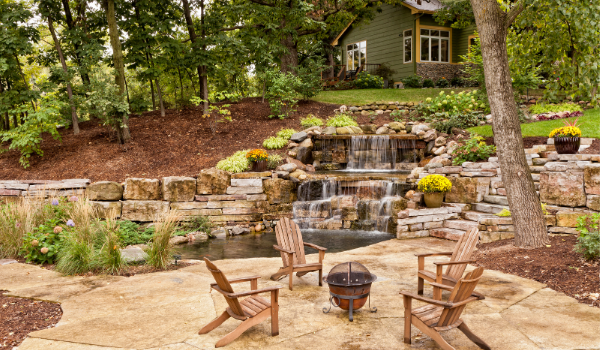



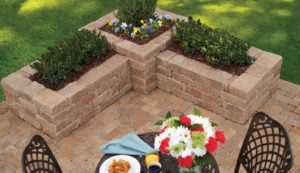
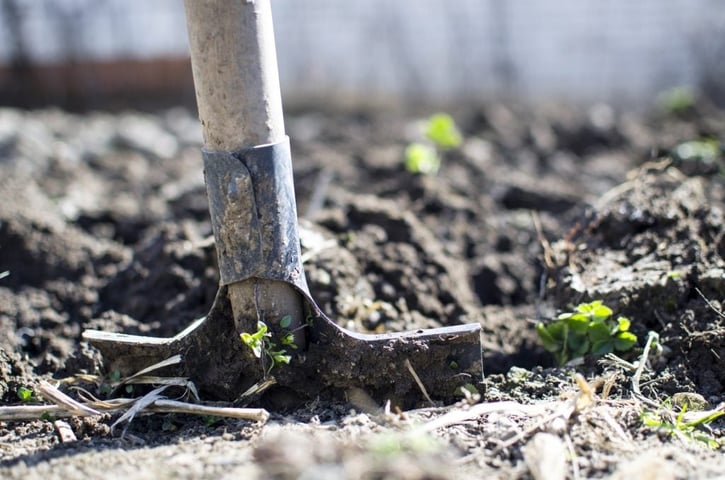
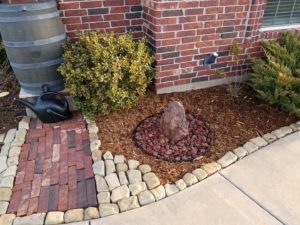
![All About Soil Compaction: Causes, Challenges & Solutions [A Guide]](https://4445234.fs1.hubspotusercontent-na1.net/hub/4445234/hubfs/Imported_Blog_Media/plants-2411458_1920-1024x683.jpg?width=725&name=plants-2411458_1920-1024x683.jpg)
